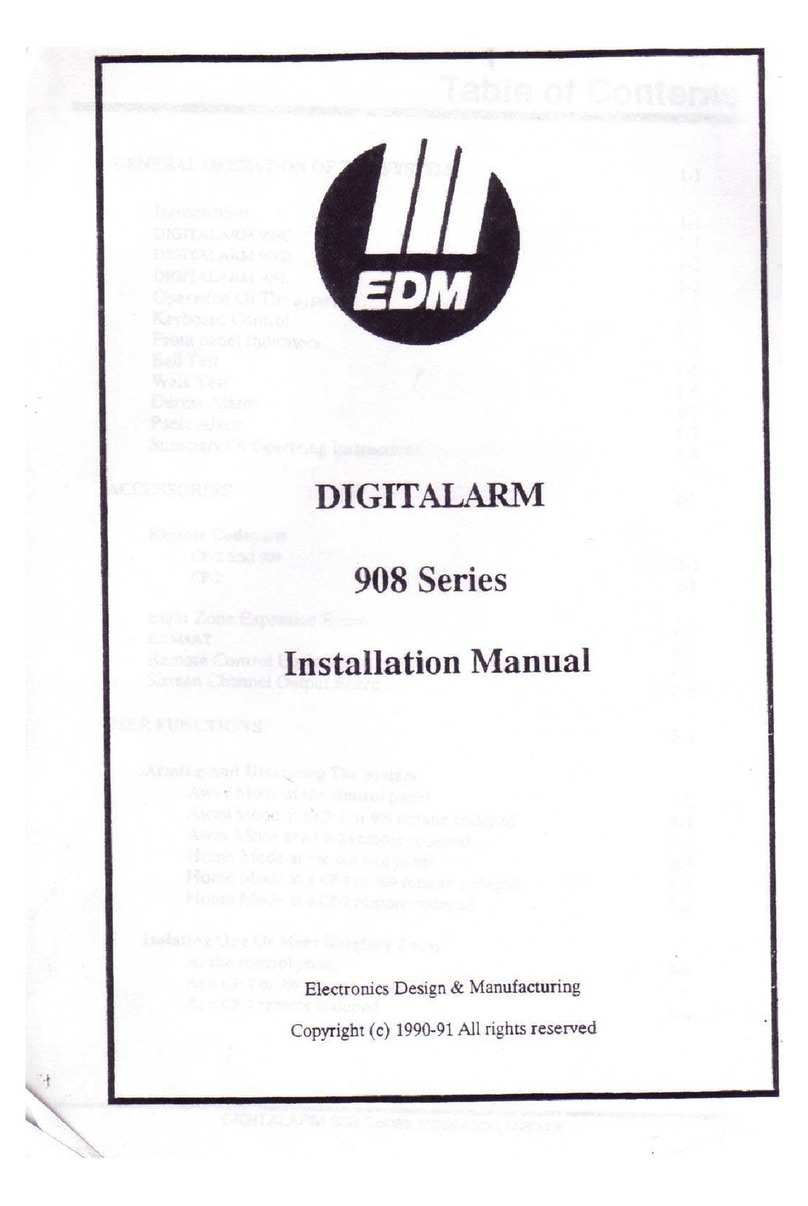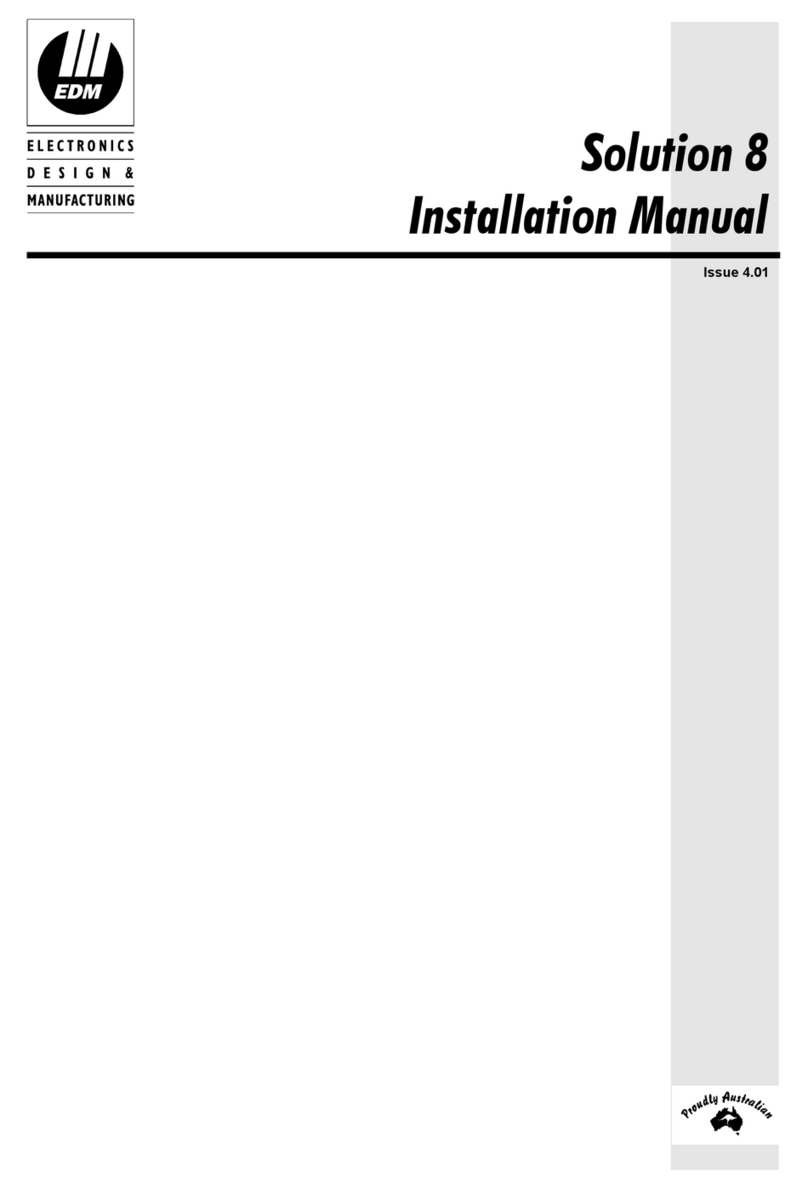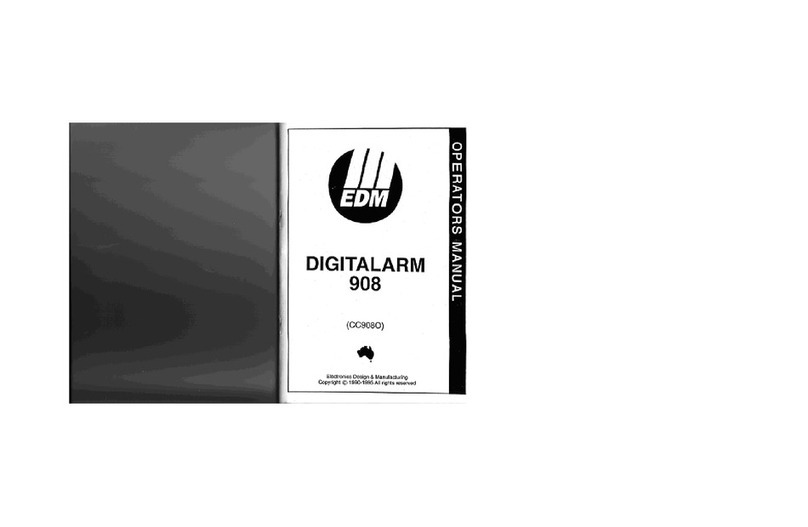PARTITIONING .................................................................................................................... 43
Master Partitioned Codepad Indicators ...................................................................43
1 Zone Indicators ...............................................................................................43
2 Area ON/OFF Indicators .................................................................................43
3 Area Display Indicators...................................................................................43
4 Status Indicators .............................................................................................43
Aux Indicator......................................................................................................43
Mains Indicator ..................................................................................................43
Fault Indicator....................................................................................................43
Partial Indicator..................................................................................................43
Operation Of Codepads In Partitioning....................................................................44
Operating From Area “Addressable” Codepads ................................................44
Operating From A “Master Partitioned” Codepad ..............................................44
COMMUNICATION OPTIONS ........................................................................................... 45
Options and Accessories ...................................................................................45
REMOTE FUNCTIONS ........................................................................................................ 46
Remote Arming Using The Phone Controller ..........................................................46
Operation ...........................................................................................................46
OPERATING THE SYSTEM USING A TOUCH TONE TELEPHONE ........................... 47
Operation.................................................................................................................47
To Establish A Communication Link With Your Alarm System
(Non Partitioned System)...................................................................................47
To Establish A Communication Link With Your Alarm System
(Partitioned System) ..........................................................................................47
To Terminate The Link With Your Alarm System...............................................47
Domestic Tone Reporting ........................................................................................48
Operation Of Domestic Tone Reporting ...........................................................48
Programming Domestic Phone Numbers...........................................................49
Disabling Domestic Dialling ...............................................................................49
Domestic Voice Message Reporting........................................................................50
Operation of Domestic Voice Message Reporting .............................................50
Programming Domestic Phone Numbers...........................................................50
Pager Reporting ......................................................................................................51
Alpha Pager Reporting ............................................................................................51
Using The PET Alpha Pocket Pager Format ...........................................................52
Basic Pager Reporting.............................................................................................53
Operation Of Basic Pager Reporting .................................................................53
OPTIONAL EQUIPMENT .................................................................................................... 54
EDMSAT - Satellite Siren ..................................................................................54
Additional Codepads..........................................................................................54
Night Arm Station...............................................................................................54
Radio Remote Control .......................................................................................54
Phone Controller................................................................................................54
Hand Held Radio Remote Control Panic Button ................................................54
Smoke Detectors ...............................................................................................54
Photoelectric Beams ..........................................................................................55
Passive Infrared Detectors ................................................................................55
Magnetic Reed Switches ...................................................................................55
Glass Break Detectors.......................................................................................55
Vibration Detectors ............................................................................................55
Communications Dialler.....................................................................................55


































